Wondering how to renovate a house efficiently? This guide will help you through every step: from planning and budgeting to hiring professionals and managing construction. Get practical tips to make your renovation smooth and successful.
Starting Your Renovation Project
Before starting your home renovation, have a clear understanding of your current space. Begin by evaluating the current state of your home, identifying areas that need improvement to enhance both aesthetics and functionality.
Renovating existing property reduces waste and the carbon footprint linked to new materials, making it an eco-friendly choice. Careful planning can enhance your home’s space and amenities, lessening the need for new construction and its environmental impact.
Start by listing some advice on assessing your needs and goals, setting a realistic budget, and creating a detailed plan to ensure a smooth renovation project.
When planning a move or renovation, ensuring your belongings remain safe while you’re away is crucial — and that’s where self storage like the storage units Calgary play a vital role. Whether you need a place to store important documents, cherished heirlooms, seasonal gear, or extra furniture during construction or travel, accessing nearby self storage units Calgary ensures everything stays protected in a clean, climate-controlled environment. Many facilities throughout the city offer flexible month-to-month rental options, secure keypad access, and surveillance, giving you peace of mind while you’re focused on redesigning your space or launching into a cross-country project.
Assessing Your Needs and Goals
Initiating a renovation project begins with thoroughly assessing your needs and objectives. Examine the existing state of the home, noting areas with dated decoration or those missing contemporary conveniences. It’s important to take stock of current design themes to ensure consistency across your renovation efforts. Meanwhile, homeowners may turn to firms like Amplified Renovations in Portland (or similar remodelers elsewhere), who can guide them through evaluating their home’s current condition and identifying renovation priorities that can align with both present needs and future goals.
Anticipating future requirements is crucial. For instance, determining the necessary quantity of bedrooms and bathrooms should reflect both family size and anticipated duration of residence in the home. Employing a SWOT analysis can be beneficial in pinpointing strengths, weaknesses, opportunities, and threats related to your plan for renovating. By establishing definitive goals that balance functionality with visual appeal – all while adhering to financial constraints – you will craft an environment that caters adeptly to immediate as well as impending demands.

Setting a Realistic Budget
Creating a realistic budget is crucial for keeping your renovation project on track. Avoid the common mistake of guessing costs and running out of money. Instead, research likely costs and obtain preliminary estimates for each phase of the renovation budgets.
Be prepared for hidden costs such as roofs, electrics, new boilers, reinforcing floors, skip hire, permits, and waste disposal. Track all expenses, timelines, invoices, receipts, contracts, and plans during the project.
Allocating a contingency budget of 20-30% will help handle unforeseen expenses and ensure a more restful renovation process that you can afford.
Creating a Detailed Plan
A well-designed plan is crucial to the triumph of a renovation project. Initiate by devising a detailed plan for renovations that will steer all phases of the undertaking. When formulating plans for both interior and exterior, aim for an integrated approach to achieve cohesive spatial continuity. Prioritize establishing definitive agreements with architects and builders regarding key components prior to commencing any work.
Embark on plumbing endeavors first, followed by electrical installations as part of maintaining an orderly progression during your renovations. Utilize planning instruments such as Sketchup, FloorPlanner, and Magic Plan when designing floor arrangements and visualizing layouts.
By concentrating on these specifics, you’ll be able to formulate an exhaustive strategy that encompasses every aspect of your renovation project—taking into account elements like innovative lighting solutions among other ideas—to ensure no detail is overlooked.
Hiring the Right Professionals
Ensuring that the appropriate experts are engaged is vital to the triumph of any renovation project. It’s important to validate their qualifications for the job at hand. This can be accomplished by checking with entities such as the state architecture board or your local building authority. For intricate tasks in areas like plumbing, gas, or electricity, it’s essential to hire licensed tradespeople. If urgent work arises, it’s wise to have reliable emergency plumbers in Melbourne on hand who can respond quickly and prevent further damage.
Choose professionals whose design sensibilities align with your vision for a harmonious renovation outcome. Managing paperwork, including contracts and receipts, meticulously is key for monitoring both development and budgetary concerns during your renovation venture. Clear communication with everyone involved will aid in facilitating a seamless and effective execution of the project.
Choosing an Architect or Designer
Securing the services of a skilled architect or designer is crucial to the triumph of your house renovation endeavor. It is advisable to designate roughly 10 percent of your total renovation budget for compensating an architect’s professional fees, as their expertise can have a significant impact on the project’s outcome. Engage with tradespeople who share your aesthetic preferences or honor your design choices in order to maintain consistency throughout the renovation process.
If you’re looking to economize on expenses, consider selecting materials personally rather than employing an interior designer. When you align their creative outlook with yours, it helps forge a space that not only mirrors your individual taste but also fulfills your practical requirements.

Selecting a Reliable Builder
Choosing a reliable builder is crucial for the success of your home renovation. Obtain at least three quotes from builders to ensure you get a fair price for your project. When inviting contractors to quote your project, make the project sound exciting and beneficial for them.
Ensure you compare contractor quotes fairly and ask the correct questions during the process. Before signing a contract, check the builder’s history in renovations, skill, experience, and commitment to sustainable outcomes.
Choosing a reliable builder ensures the quality and timely completion of your built renovation.
Collaborating with Contractors
Working closely with contractors can greatly improve the productivity of your renovation project. A project manager who regularly communicates and updates contractors can better handle stress and swiftly tackle any issues that arise.
By keeping communication channels open with your contractor, you’re more likely to handle stress effectively and resolve problems quickly. Building a cooperative relationship is key to making sure that the renovation stays on schedule and aligns with what you envision.
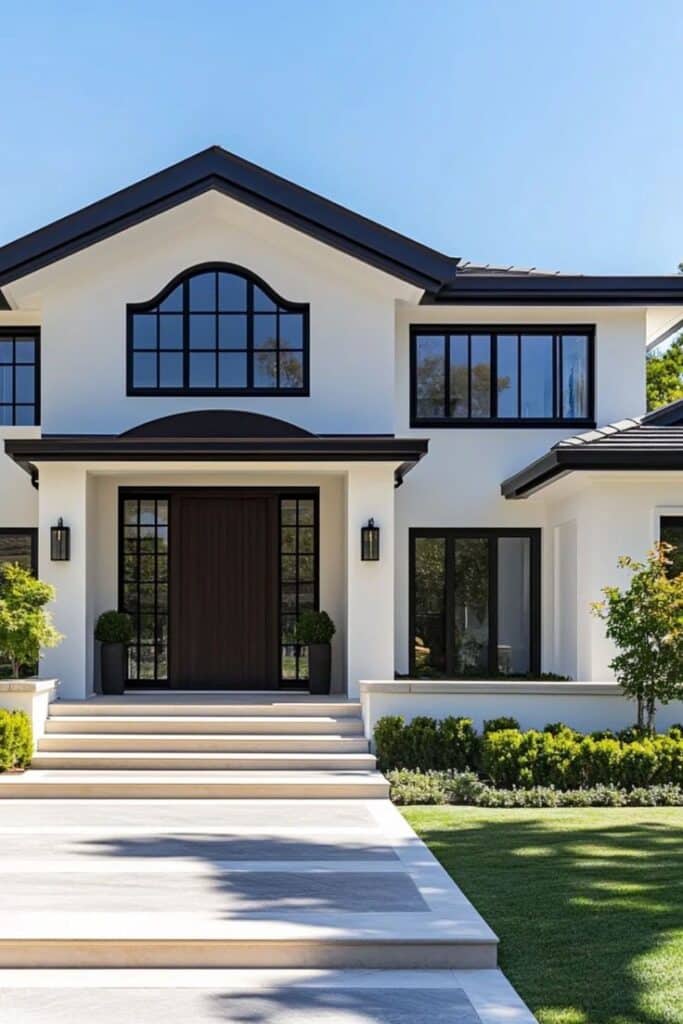
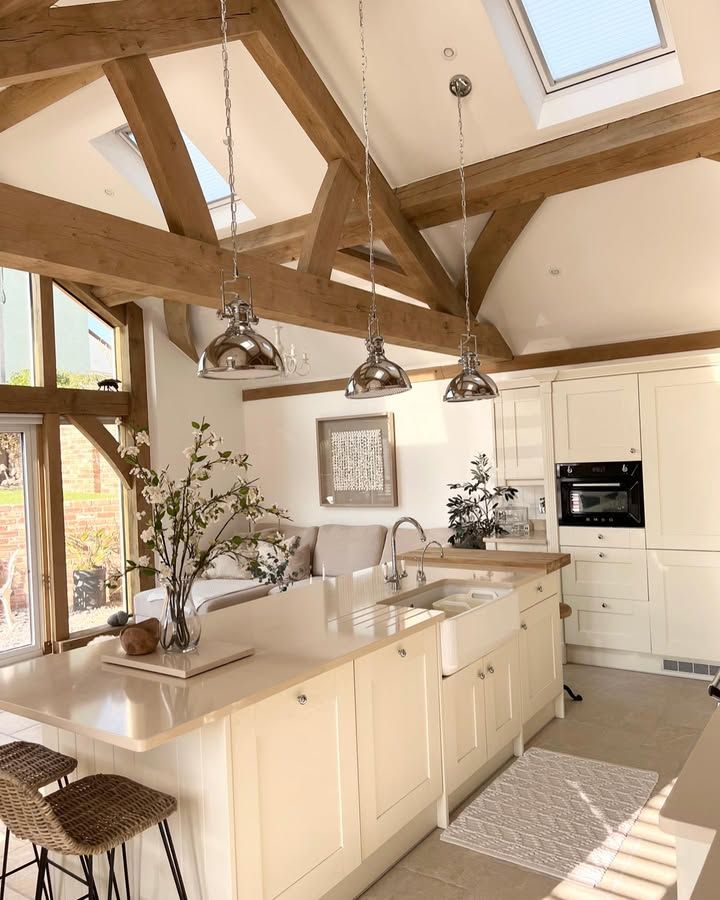
Planning and Managing Construction
Initiating the construction phase of a renovation project occurs as soon as builders begin their tasks. A more seamless progression during this phase is achievable through appropriate prior planning. Ensuring that communication remains clear and managing expenses effectively is key to steering the project along its intended course. Avoid typical blunders, such as installing flooring ahead of painting skirting boards, which can otherwise result in additional costs and setbacks.
Promptly tackling problems like water damage is imperative to avoid issues. By employing meticulous planning and oversight, you can secure a triumphant construction stage for your renovation endeavor.
Scheduling and Phasing Construction Work
A schedule for the renovation is crucial in organizing daily tasks, facilitating efficient space utilization, and reducing disturbances. Anticipate that acquiring materials might take more time than initially anticipated.
Carrying out construction in phases permits ongoing activities throughout the renovation by finishing segments of work progressively. By establishing a comprehensive construction timetable and strategically staggering the stages of work, interference and hold-ups can be lessened. Effective scheduling and staging of construction efforts lead to a more seamless process during renovations.
Managing Costs and Avoiding Overruns
It’s essential to manage costs carefully to prevent exceeding the budget during a renovation project. Creating an elaborate budget in advance is beneficial for monitoring and controlling spending throughout the renovations, helping you conserve funds. Finalizing as many choices as possible before initiating renovations can assist in adhering to both your financial plan and timetable.
Allocating a contingency fund—typically about 15-20% of the total cost—is wise to handle any unforeseen expenses that arise during the renovation process. Opting for robust materials may extend the durability of your renovations, thereby minimizing future expenditure. By diligently managing expenses and sidestepping budgetary overruns, you can ensure that your renovation project remains economically on track.
Ensuring Quality Control
Maintaining high standards and fulfilling your expectations for the renovation requires essential quality control measures. Conducting regular inspections throughout the construction phase is vital to ensuring adherence to the original plans and maintaining quality.
To guarantee that all renovation work aligns with your desired standards and specifications, it is crucial to implement stringent quality control processes. A focus on these measures will lead to a successful renovation that satisfies your anticipated outcomes.
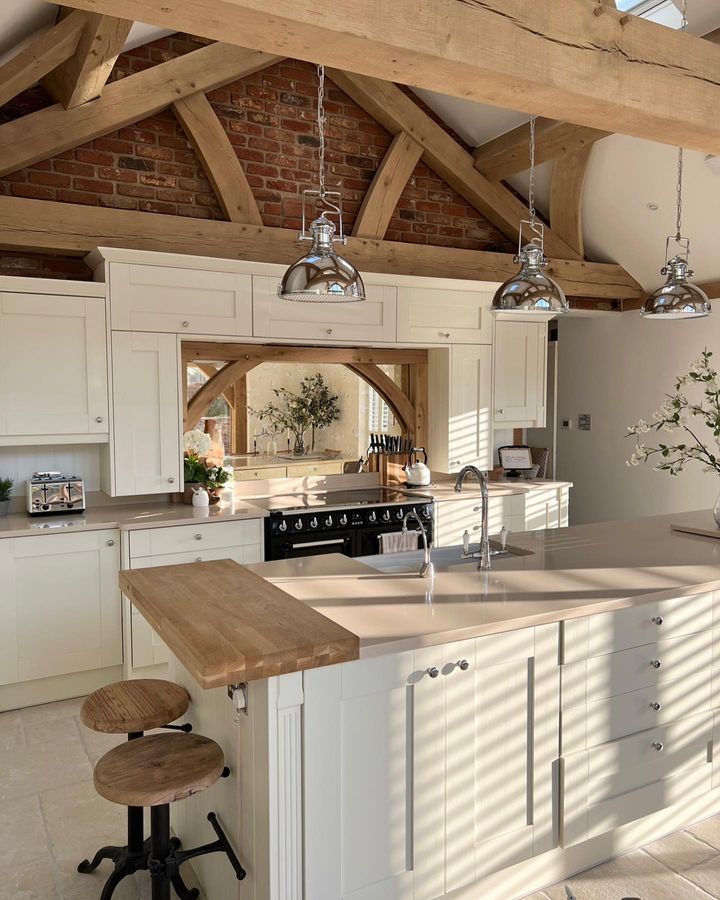
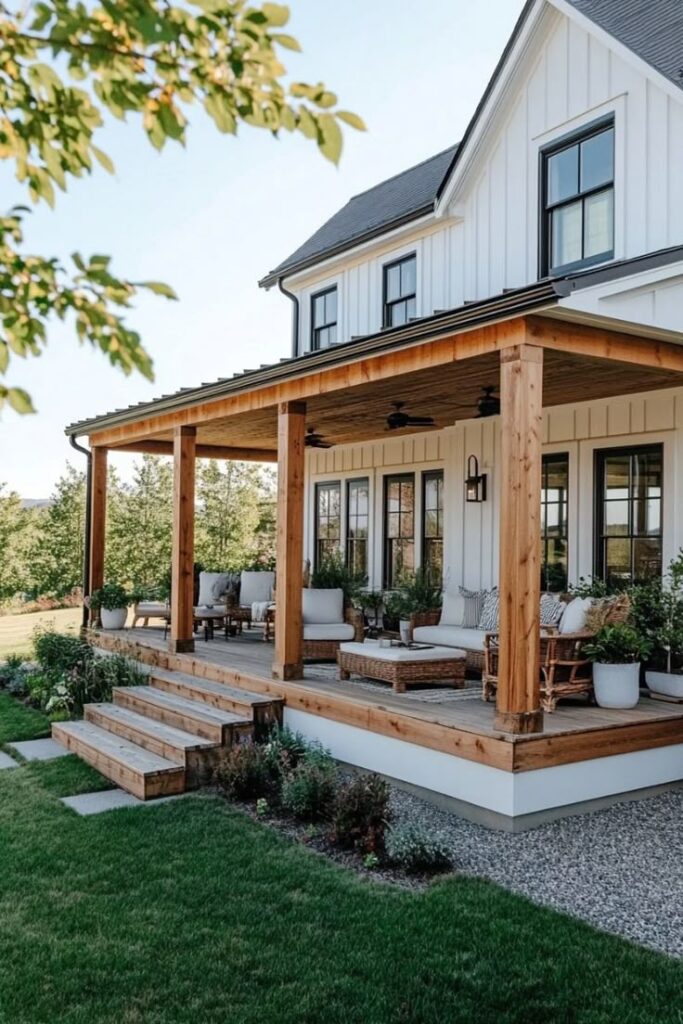
Enhancing Energy Efficiency and Sustainability
Enhancing the energy efficiency and sustainability of a building is a crucial component in contemporary renovation projects. By carefully crafting plans and designs, you can increase both the comfort and ecological friendliness of your residence. Integrating sustainability into your renovations can lead to advantages like better thermal comfort, reduced costs on electricity and water bills, as well as an elevated attractiveness to potential buyers.
To secure that these objectives for sustainability are met, it’s essential to embed them within the detailed plans outlined in your construction agreement. Concentrating on strategies for boosting energy efficiency ensures that you can develop a living space that not only benefits the environment but also remains economical over time.
Improving Thermal Performance
Improving the thermal performance is essential for boosting energy efficiency during a home renovation. Insulation is vital in preserving your home’s temperature and reducing energy wastage. Should the existing ceiling insulation be compromised, it’s important to rectify this by filling any voids or completely replacing the insulation to keep its effectiveness intact. A straightforward enhancement such as sealing your home from air leaks can conserve energy and heighten thermal comfort.
The contribution of windows and their glazing to thermal performance and overall energy efficiency cannot be understated. By adopting these measures related to window glass, you can maintain a comfortable living environment while also cutting down on energy expenses.
Choosing Sustainable Materials
It is crucial to opt for sustainable materials in order to diminish the ecological footprint associated with your renovation. When choosing materials, prioritize sustainability, environmental impact, structural strength, and thermal performance. If you’re updating your floors, sourcing high-quality flooring supplies can greatly enhance both the durability and style of your home. Options for eco-friendly flooring include timber, bamboo, and carpets that boast a Global GreenTag or an Environmental Certification.
Selecting paints with extremely low or non-existent VOC emissions is important to reduce detrimental off-gassing within your home. Committing funds to high-quality materials can prolong the life of your residence and lead to long-term financial savings. Employing sustainable materials contributes to cultivating a living space that is both healthier for inhabitants and more benevolent towards the environment.
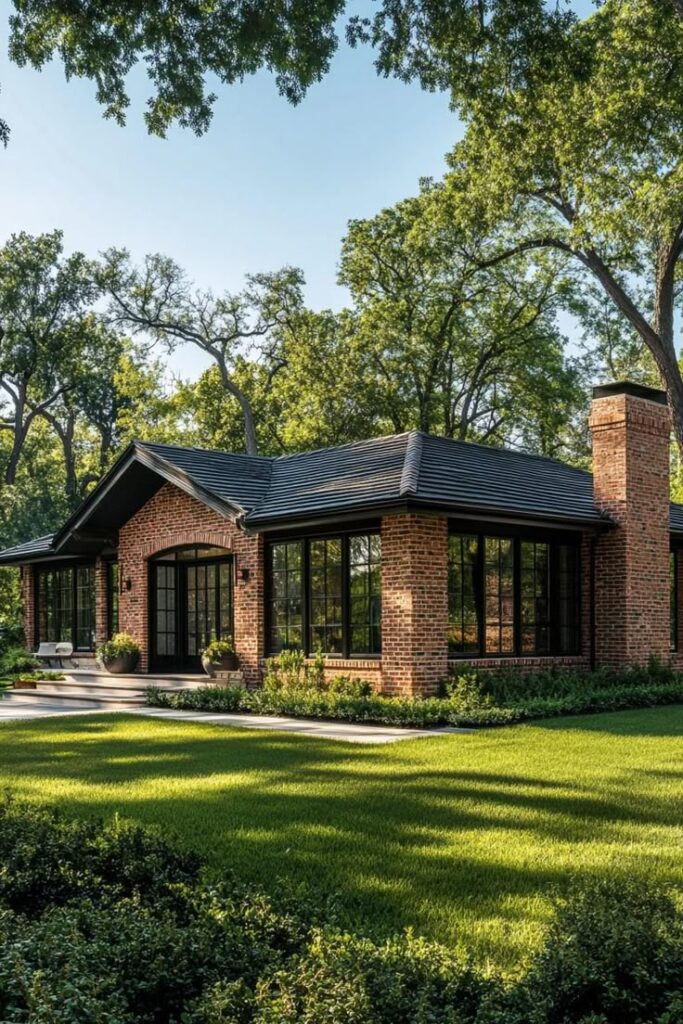

Incorporating Energy-Efficient Technology
Incorporating energy-saving technology plays a crucial role in contemporary home renovations. By substituting old appliances with models designed for high efficiency, homeowners can experience substantial savings on their utility costs. One notable program is the Victorian government free air conditioning rebate, which helps reduce upfront costs for installing efficient split systems. This makes it easier for households to stay comfortable while reducing energy use.
Upgrades such as advanced heating systems and high-efficiency appliances help reduce monthly energy bills. The adoption of energy-efficient solutions leads to financial savings and also lowers environmental impact by cutting carbon emissions over time. Prioritizing these technologies improves both the sustainability and economic performance of a home.
Summary
To sum up, achieving a triumphant renovation of your house requires meticulous preparation, establishing a feasible budget, acquiring the necessary funding, engaging competent experts, adeptly overseeing the construction process, improving energy efficiency and navigating typical hurdles. Adhering to these professional recommendations and approaches guarantees an efficient and seamless transformation journey. The cornerstone of a prosperous renovation lies in exhaustive planning, clear communication, and prioritizing high standards. With this mindset in place, encourage yourself to commence your house refurbishment project assuredly. Relish each step as you convert your dwelling into the envisioned sanctuary.
- 0shares
- Facebook0
- Pinterest0
- Twitter0


